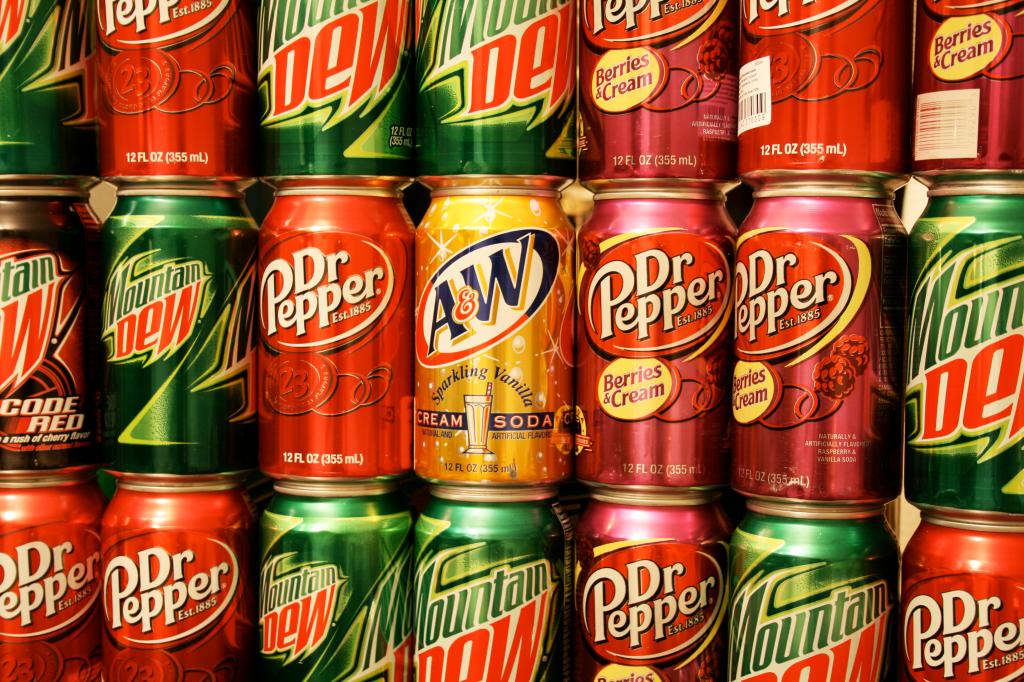Q. With all the buzz about fire retardant chemicals in the news these days, I am looking at my used sofa and wondering if that stuff can be cleaned off?
Should I invest in a cover? No flames in my house.
Helen H.
Santa Cruz, Ca.
A. Dearest Helen,
Oh, the power of the news. It can inform us, enrich us with a deeper understanding of the world, delight us with stories of orphan bears finding forever homes, and, yes, freak us out about our living room furniture. Still, ‘tis better to know than not. Ignorance may be bliss, but learning to recognize and deal with threats must be at least hearty satisfaction, don’t you think?
For those not as newshoundy as Helen, flame retardants are a class of dangerous chemicals linked with cancer, hormone disruption, birth defects, and several other health issues, especially in children. Recent research reports they also get out into the water supply via our washing machines, polluting the outdoors as well as the in. One type, PBDEs (polybrominated diphenyl ethers, for those looking for some high-scoring fodder for Words with Friends), have been phased out. But others, such as chlorinated tris (TDCIPP) and a vague mix of chemicals called Firemaster 550, remain on the market and are very frequently applied to couches (particularly polyurethane foam cushions), mattresses, electronics, and baby gear.
They’ve been in the news lately because last year, California finally amended its highly influential standards to allow furniture makers et al. to skip the toxic flame retardants (hooray!). The new rules go into full effect January 1, 2015. But – and this is important – the regulations don’t prohibit the use of flame retardants in new furniture, so we must remain vigilant.
Now let’s get to the matter of your couch, Helen. It’s hard to tell for sure if any given sofa hides flame retardants under its cushions. A few clues: If the stuffing is something other than polyurethane foam, you’re probably in the clear. If the couch has a label saying it’s up to code with TB 117, then it’s very, very likely chemically treated. If you bought it outside of California before 2000, odds are about 50-50, but chances go up for newer sofas.
Sadly, there’s no way to steam, vacuum, or boil this stuff out of a couch. Intact cushion covers can help slow the release of the chemical dust that makes its way out over time (which is why it’s important to repair rips), but a slipcover is no match for it, either. If you can afford it, Helen, your best option would be to remove the most flame retardant-soaked items from your home.
That doesn’t mean you have to toss the whole couch out, though. In fact, it may be better not to, as castoff couches usually end up in landfills. Nor is donating it to a secondhand shop a great option: You’re just passing the poison on to someone else.
But there is a solution: If it’s a solid sofa with good bones, a reupholstery job with a side of new cushions can do the trick. Just be sure to find someone who can replace the polyurethane stuffing with something chemical-free: You might try down, wool, polyester, cotton, or natural latex. Or seek out one of the few suppliers who carry retardant-free cushions. Finish the makeover with non-chemical fabric, and voila, you can lounge worry-free.
If that’s not in your budget, Helen, your next best defense is a clean house. Flame retardants threaten us most when they work their way out of your furniture and settle in household dust, so dust frequently with a damp cloth, mop those floors, and get busy with a vacuum with a HEPA filter. And wash your hands often, especially before meals, to keep errant dust particles out of your mouth. It’s not perfect, but with these chemicals omnipresent in most homes, it’s the best we can do.
Should you find yourself in the market for a new couch sooner or later, by the way, keep an eye on the labels. Don’t buy anything with an old TB 117 code, and you’ll have to contact the manufacturer directly when you find a new TB 117-2013 label to find out if the sofa contains flame retardants or not. A handful of environmentally minded companies advertise chemical-free (if often pricey) furniture, too; head over here and here for some lists. Or you can do as we all did in college: Bring back the futon! (In non-chemical wool or cotton, of course.)
Smolderingly,
Umbra



